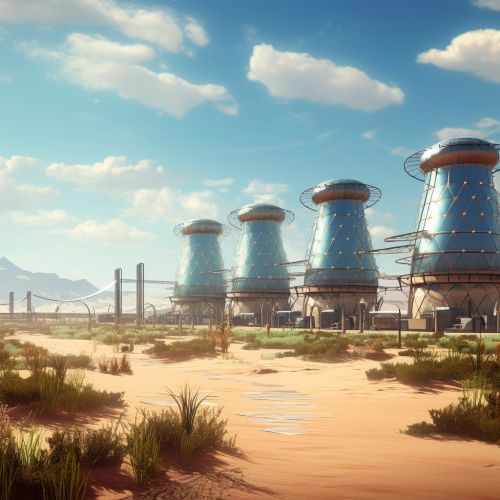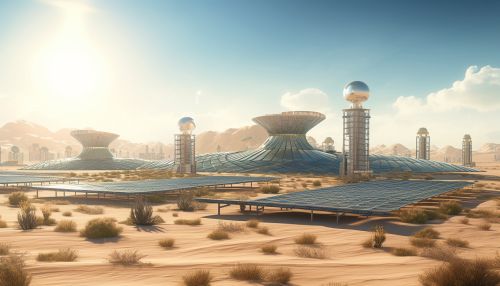Desalination
Introduction
Desalination is the process of removing salts and other minerals from saline water to produce freshwater suitable for human consumption or irrigation. It is a critical technology in regions where freshwater resources are scarce, such as arid and semi-arid regions, and is increasingly being used to supplement traditional water sources in other areas.
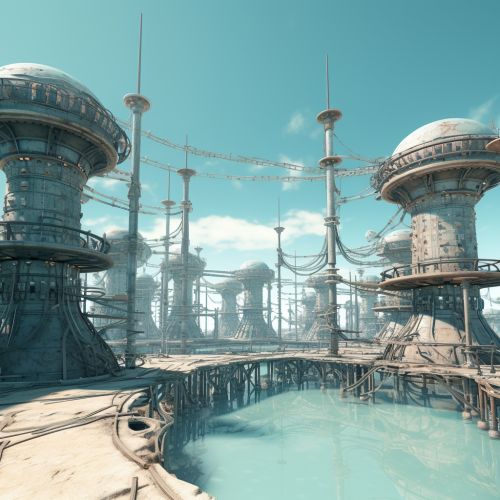

History
The concept of desalination has been around for centuries. The Greeks were the first to record the method of desalination, and they had developed simple techniques for distilling sea water. The process was later refined by the Romans and Arabs, who developed more advanced distillation methods. The first large-scale desalination plant was built in the 20th century, marking a significant milestone in the history of desalination.

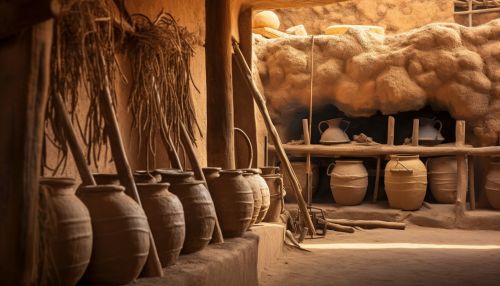
Principles of Desalination
Desalination works on the principle of separating salts and other impurities from water. This is typically achieved through one of two methods: distillation or membrane processes. Distillation involves heating the saline water to create steam, which is then condensed to produce freshwater. Membrane processes, such as reverse osmosis, involve forcing the saline water through a semi-permeable membrane that allows water molecules to pass through but blocks the passage of salt ions.
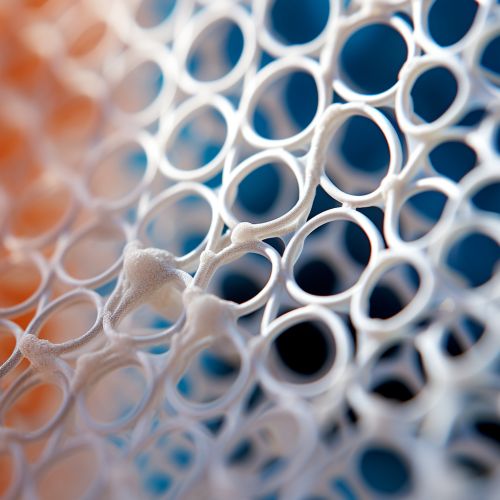

Types of Desalination
There are several types of desalination processes, each with its own advantages and disadvantages. These include:
- Distillation: This is the oldest method of desalination and involves boiling water to create steam, which is then condensed to produce freshwater.
- Reverse Osmosis (RO): This is the most common method of desalination today. It involves forcing saline water through a semi-permeable membrane under pressure to separate the water molecules from the salt ions.
- Electrodialysis (ED): This method uses electrically charged membranes to separate salts from water.
- Nanofiltration (NF): This is a relatively new method that uses membranes with very small pores to remove salts and other impurities from water.
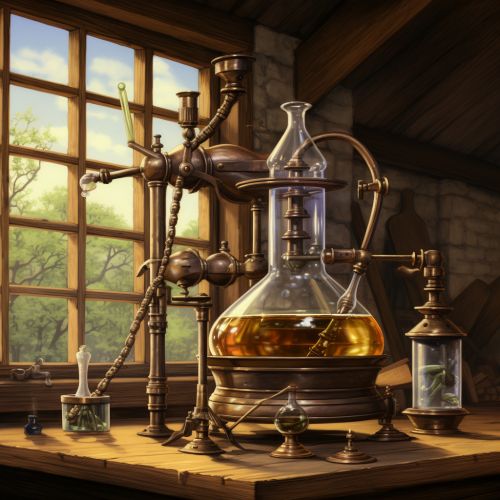

Environmental Impact
While desalination provides a vital source of freshwater in many parts of the world, it also has significant environmental impacts. These include the discharge of concentrated brine into the sea, which can harm marine life, and the high energy consumption of desalination processes, which contributes to greenhouse gas emissions. Efforts are being made to mitigate these impacts, such as the development of more energy-efficient desalination technologies and the use of renewable energy sources to power desalination plants.
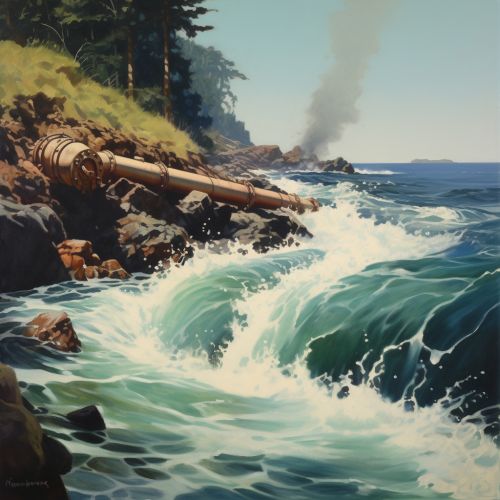
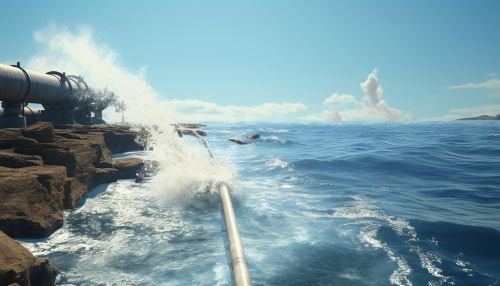
Future of Desalination
The future of desalination looks promising, with advances in technology expected to make the process more efficient and less environmentally damaging. Research is being conducted into new desalination methods, such as forward osmosis and capacitive deionization, which have the potential to significantly reduce the energy consumption of desalination. There is also growing interest in the use of renewable energy sources, such as solar and wind power, to drive desalination processes.
